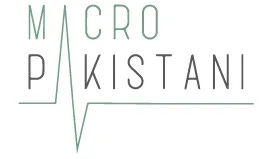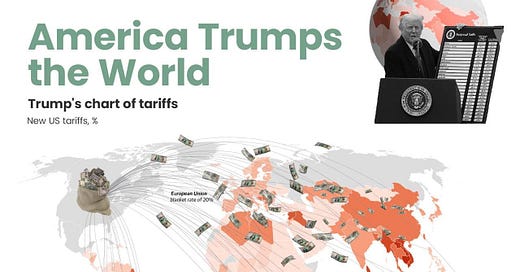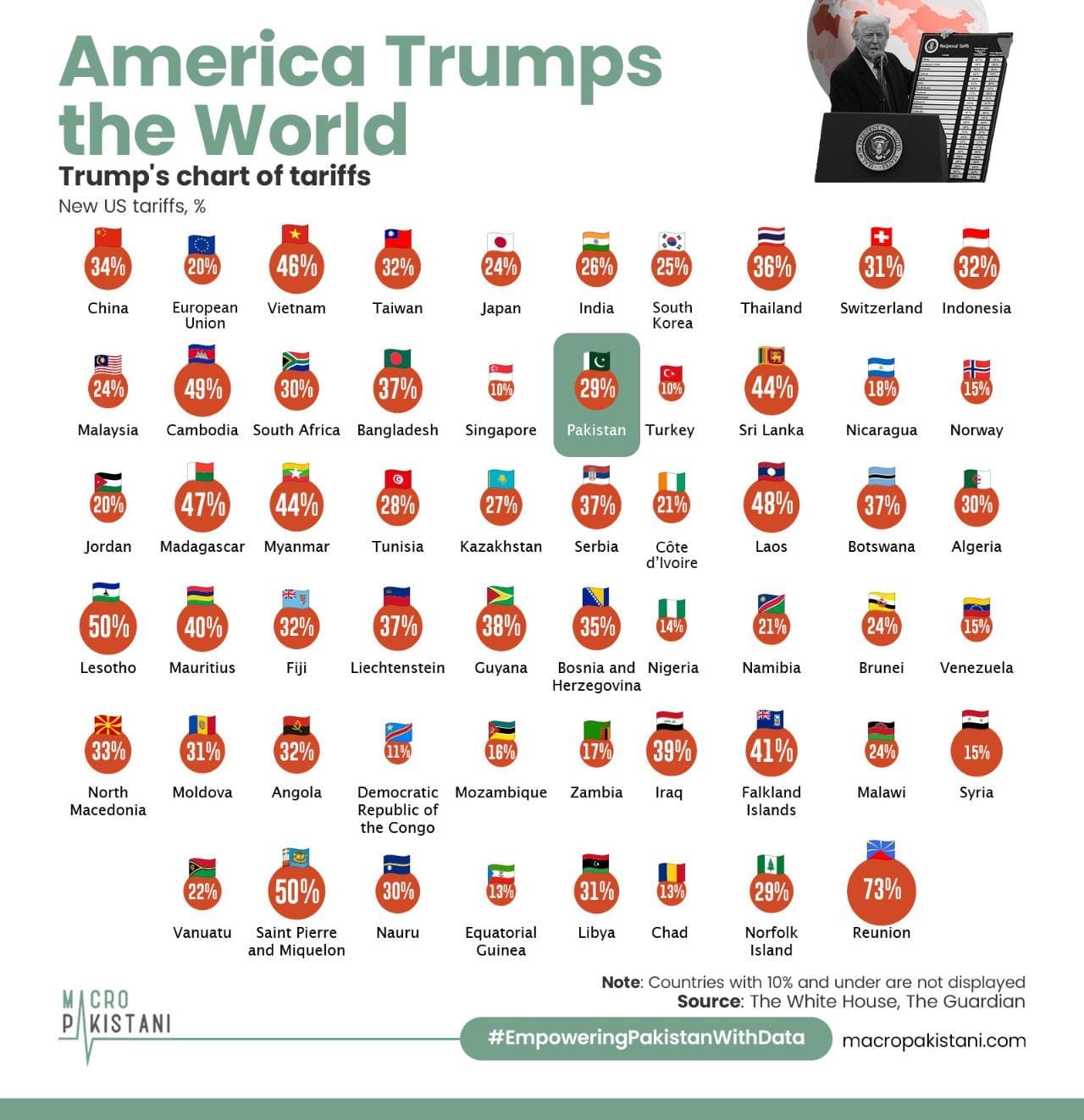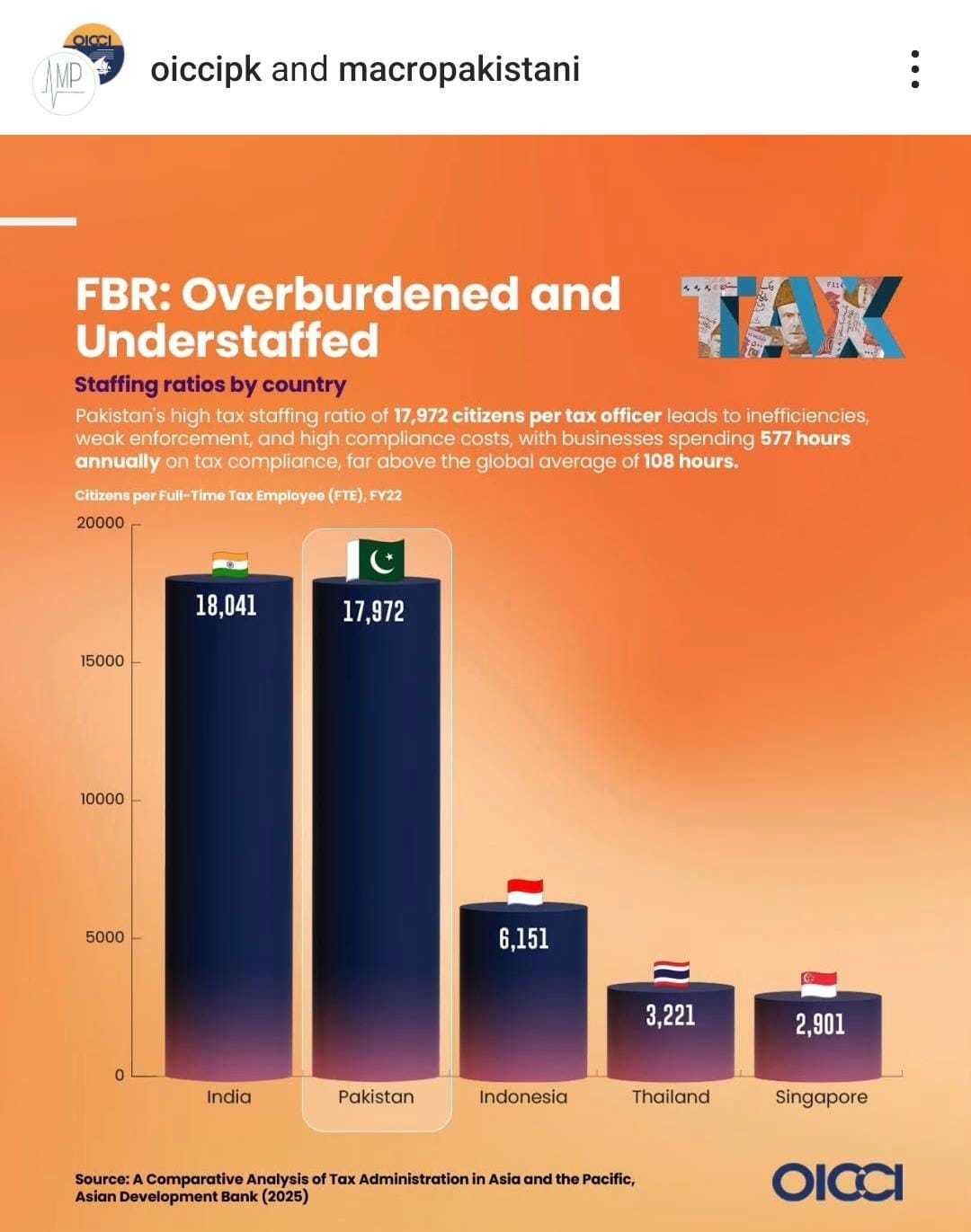America Trumps the World
Trump's extreme tariffs on Southeast Asia could push these nations closer to China, while Pakistan stands to gain…if it can overcome its economic and structural challenges.

Tariffs have shaped Pakistan’s trade policies for decades, with its struggle to protect local industries while staying competitive in the global economy. It maintains high tariffs on certain imports, making its industries less competitive in a world that thrives on free trade. This has cost the economy dearly as the cost of protectionism is projected at PKR 7,516. Now, the United States, once a champion of free trade, turned inward and protectionist under Trump’s "America First" policy, imposing tariffs on China and major imports like steel and aluminum. The US is still using trade barriers as a tool of economic strategy. As the US shifts toward protectionism and economic ‘independence’, Pakistan faces a tough question: how to leverage the current scenario to further its industries without isolating itself from global markets?
The US has imposed a 29% tariff on Pakistani exports, impacting key sectors particularly textiles which make up 75-80% of Pakistan’s exports to the US. Analysts see immediate economic challenges, as the US is Pakistan’s largest export market, accounting for $6 billion annually (18% of total exports). Pakistan may need to subsidize local production to stay competitive, though IMF restrictions could limit this option. While Pakistan’s competitors, including Bangladesh and Vietnam, face even higher tariffs (up to 46%), India has a slightly lower tariff of 26%, creating a duty disadvantage for Pakistan.
Alternative markets will take time to develop and countries will take time to react to the current shock to the global economic system, but Pakistan can strengthen ties with the EU and other trading partners, especially China. The tariffs may also make US-Pakistan relations even more transactional, stressing the need for a long-term strategy to diversify export destinations and make Pakistani goods more competitive globally.
Trump's sweeping tariffs signal a sharp turn towards protectionism, making the U.S. increasingly inward-looking. As a result, affected Asian countries, such as Cambodia (49%), Laos (48%), Vietnam (46%), and Myanmar (44%), are likely to strengthen trade ties with one another and, crucially, with China. Rather than isolating China, these tariffs may accelerate its role as a dominant trading partner, shifting global trade dynamics away from the US. For Pakistan, the situation can be extremely beneficial but not with Pakistan’s structural barriers to trade, and its uncompetitive goods.
GRAPHICS
Pakistan’s tax administration struggles with efficiency issues, as the staff is overburdened and often underfunded. The system is complex for the common man, people with disabilities, low-income individuals, and newer businesses. In addition to having a poor tax system and complaint management system, it has no objection filing mechanism or tax calculators.
Data Visualization & Marketing Partner: Brand Nib
Visit: https://macropakistani.com/advertise/
Grateful for the ever-growing list of collaborators!
About Us: Macro Pakistani is a data-driven research platform that aims to provide a basic understanding of Pakistan’s economy. If you have an interest in contemporary news but are currently overburdened with sensationalism and specialized vocabulary, we are the platform for you.
How are we doing? Please send us any questions, comments or suggestions by replying to this email.





